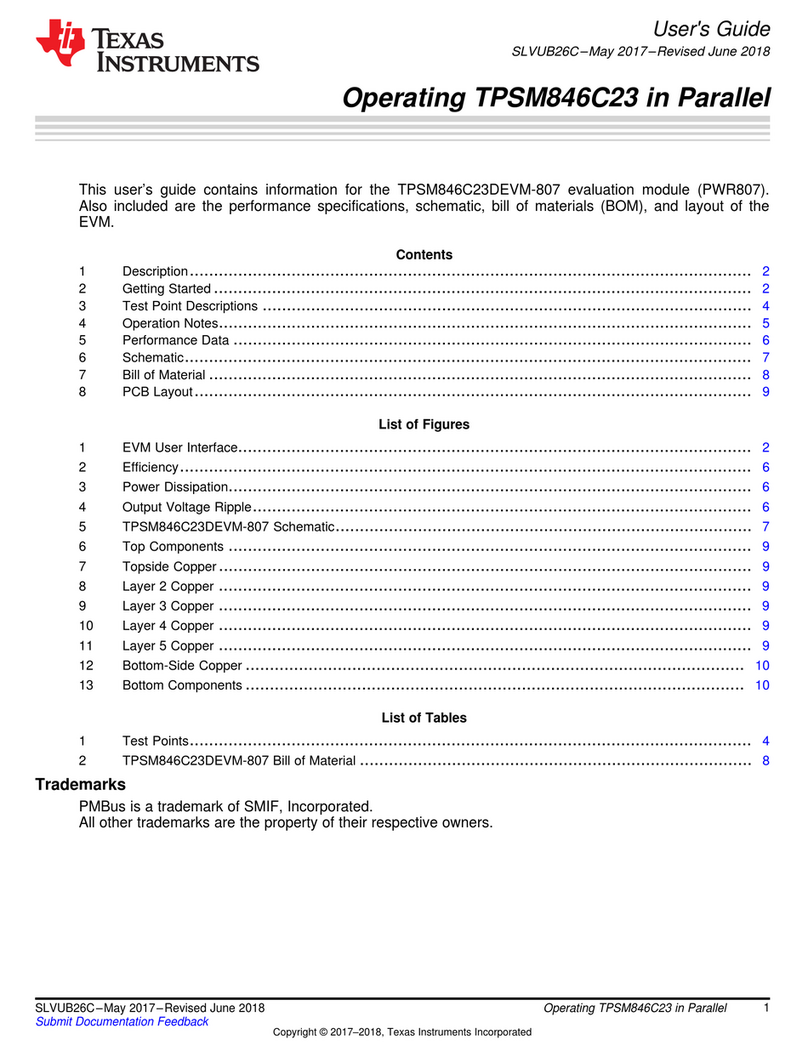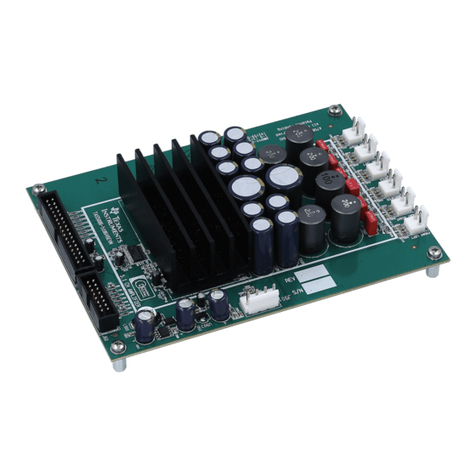Texas Instruments TPS2410EVM User manual
Other Texas Instruments Control Unit manuals

Texas Instruments
Texas Instruments TPA6047A4 User manual
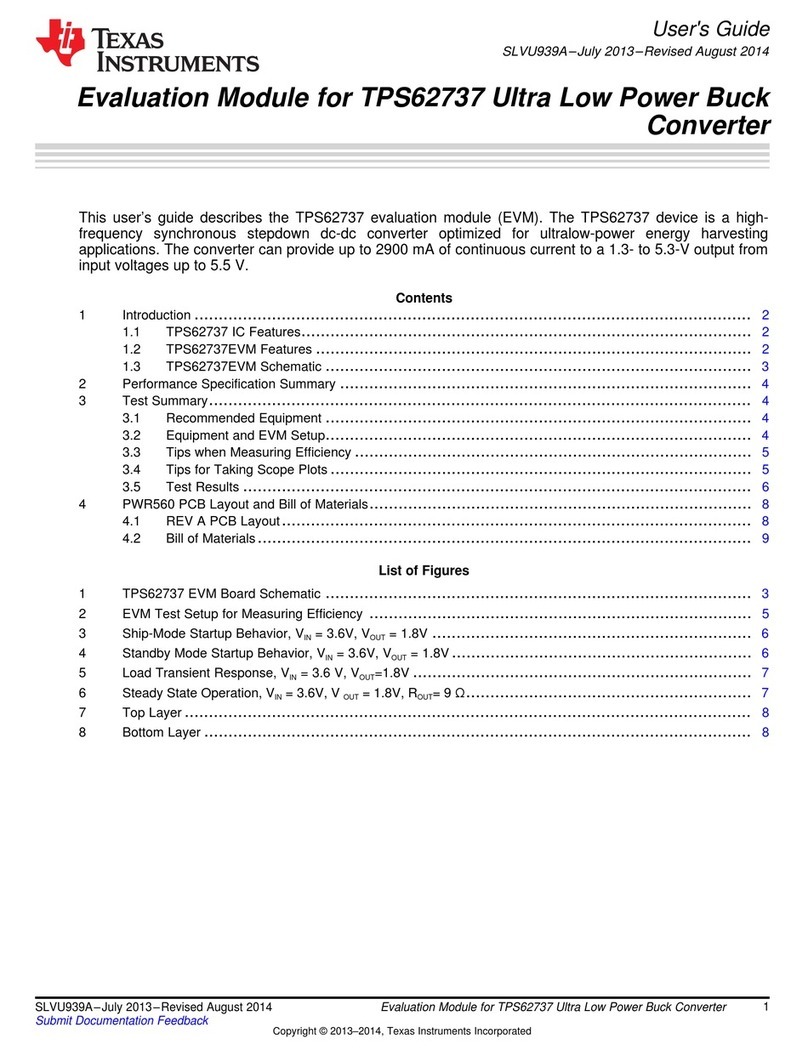
Texas Instruments
Texas Instruments TPS62737 User manual

Texas Instruments
Texas Instruments DP159RSB User manual
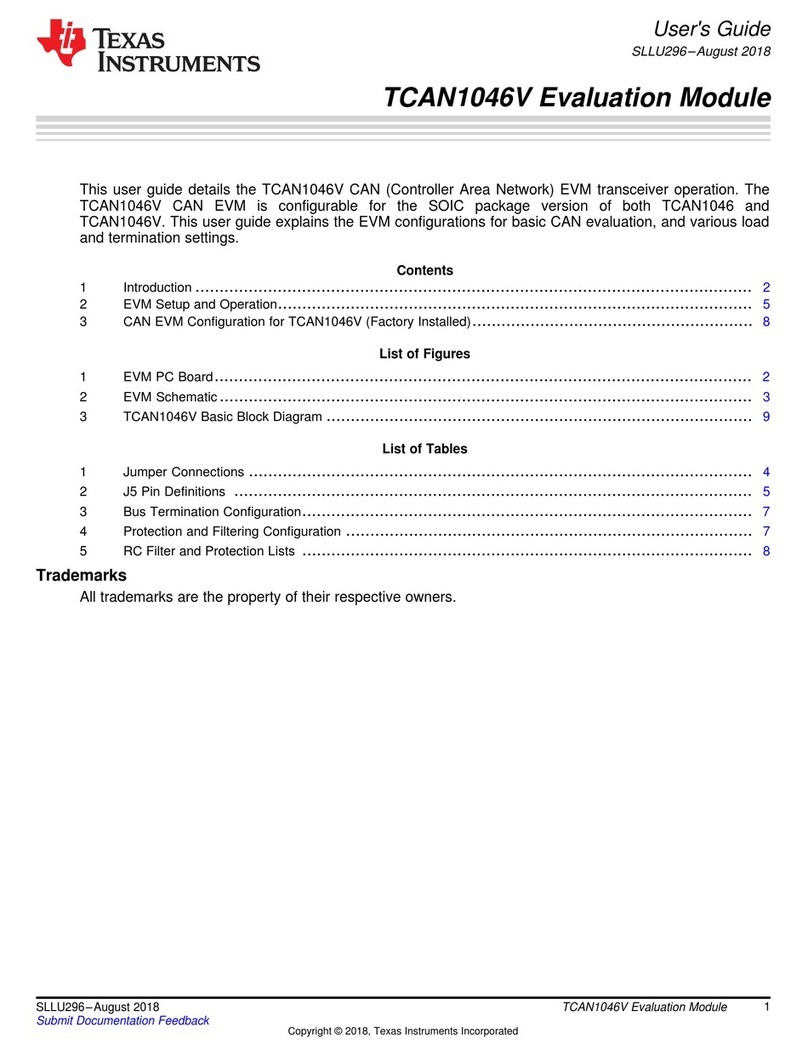
Texas Instruments
Texas Instruments TCAN1046V User manual
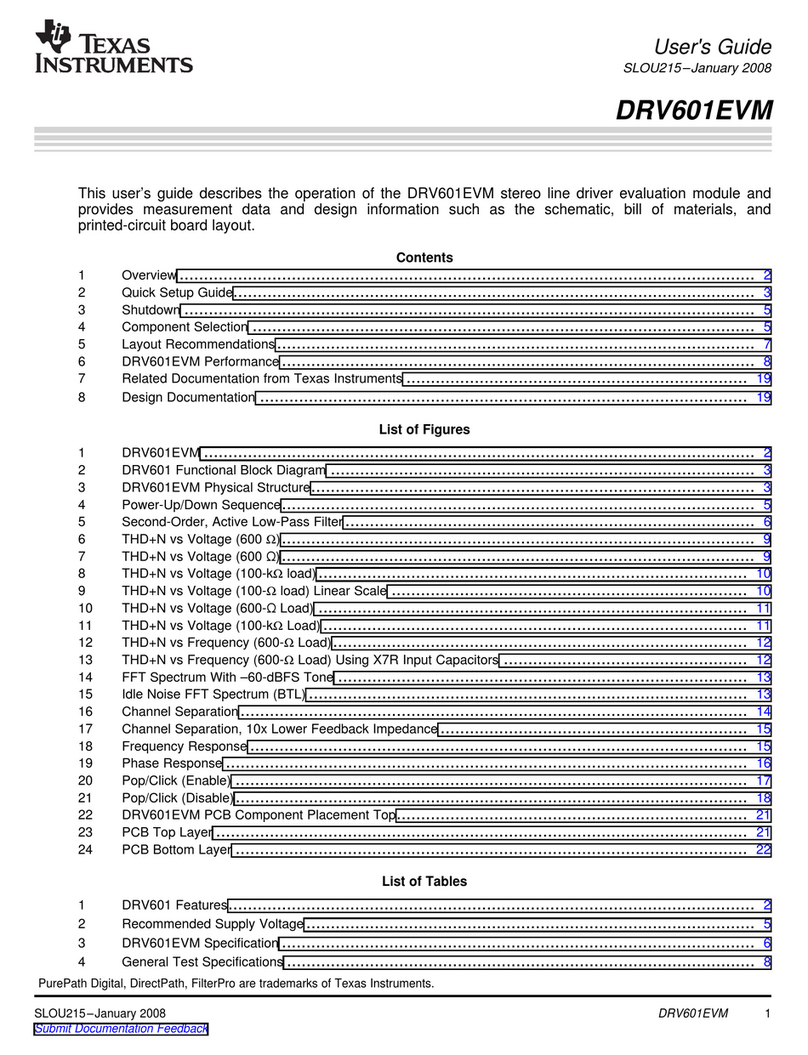
Texas Instruments
Texas Instruments DRV601EVM User manual
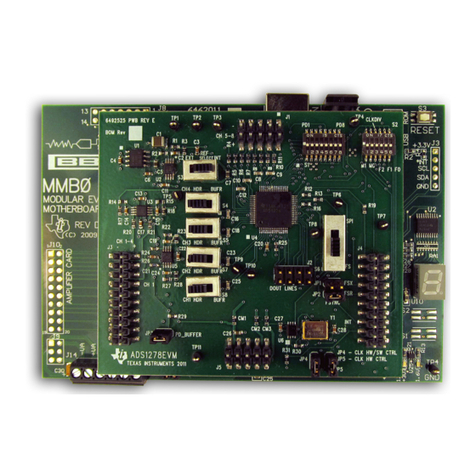
Texas Instruments
Texas Instruments ADS1 7 EVM-PDK Series User manual
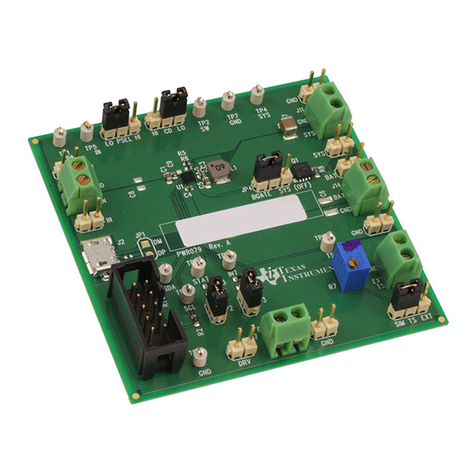
Texas Instruments
Texas Instruments BQ24260EVM-611 User manual
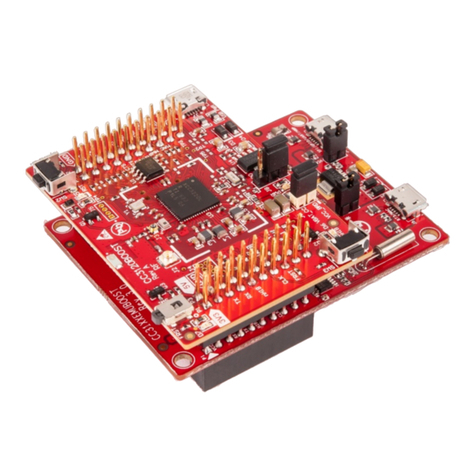
Texas Instruments
Texas Instruments SimpleLink Wi-Fi CC3 20 Series User manual
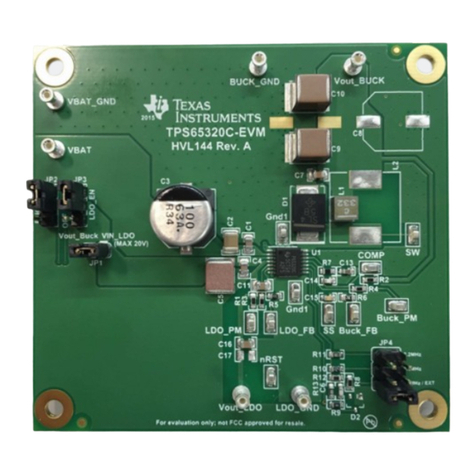
Texas Instruments
Texas Instruments TPS65320C-Q1-EVM User manual
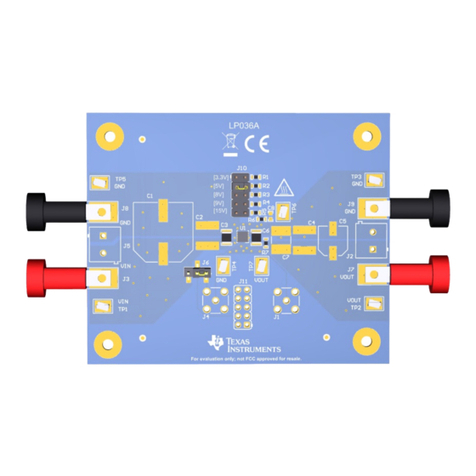
Texas Instruments
Texas Instruments TPS7B8401EVM User manual

Texas Instruments
Texas Instruments CC256xEM User manual

Texas Instruments
Texas Instruments BQ24180 User manual
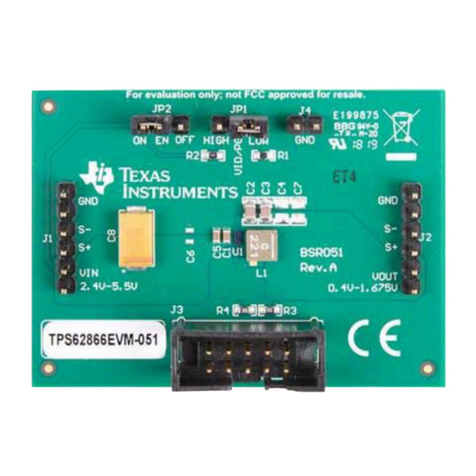
Texas Instruments
Texas Instruments TPS62866 User manual
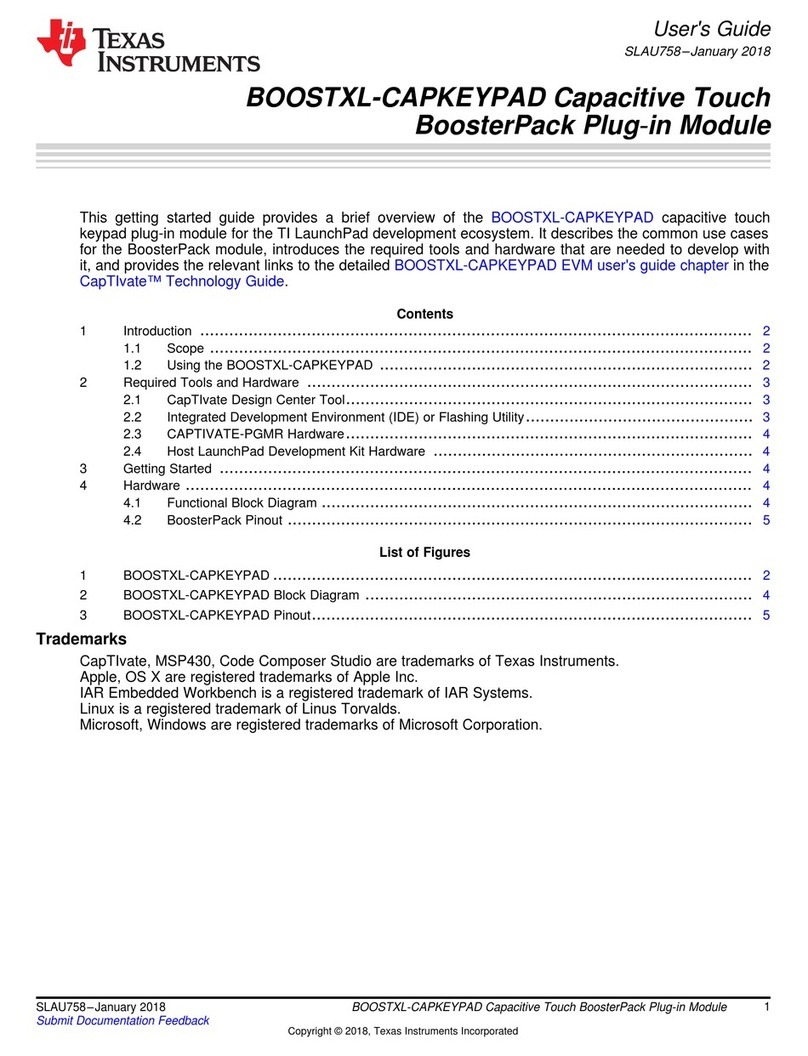
Texas Instruments
Texas Instruments BOOSTXL-CAPKEYPAD User manual
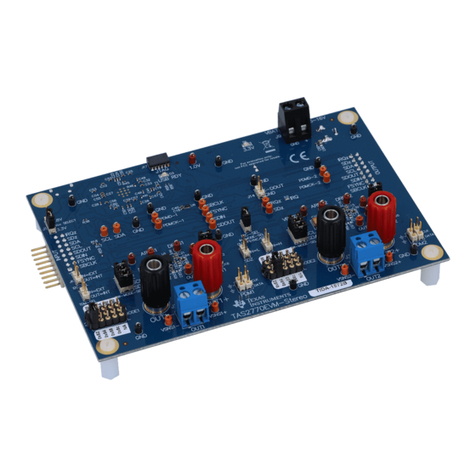
Texas Instruments
Texas Instruments TAS2770 User manual
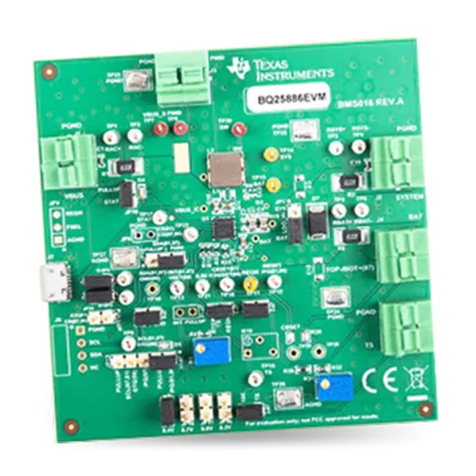
Texas Instruments
Texas Instruments BQ25886 User manual
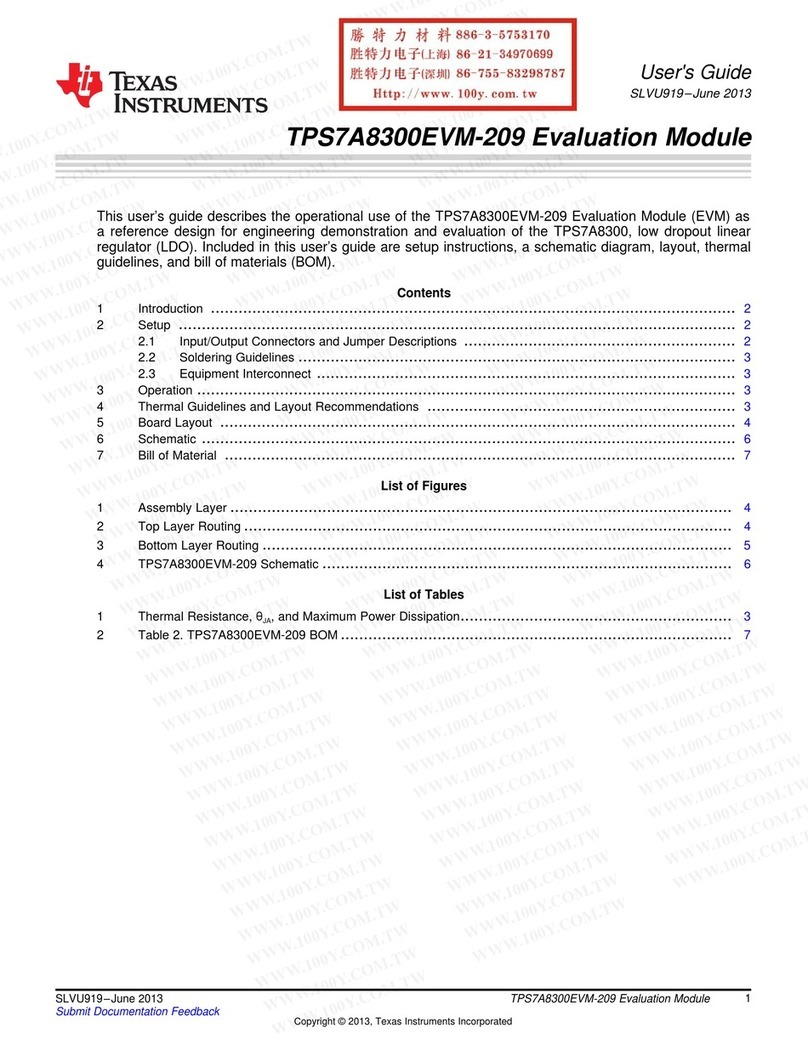
Texas Instruments
Texas Instruments TPS7A8300EVM-209 User manual
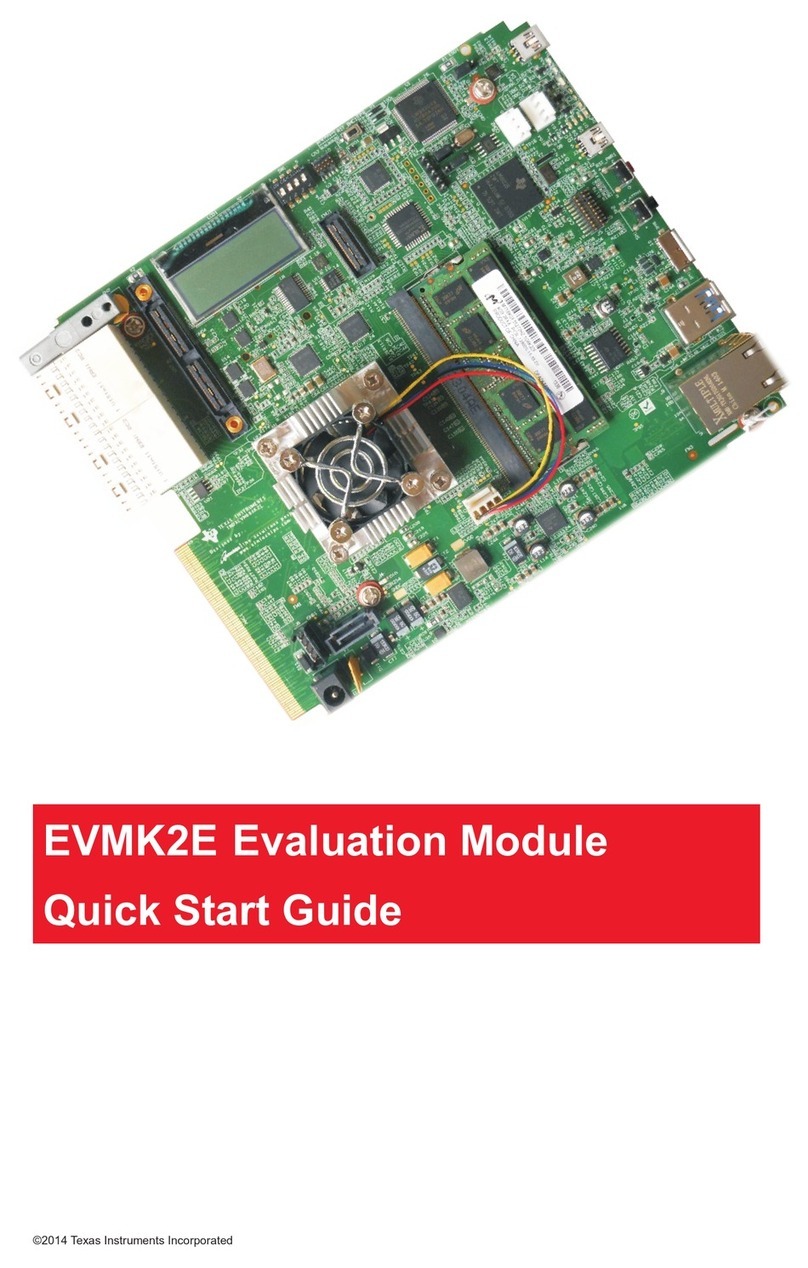
Texas Instruments
Texas Instruments EVMK2E User manual
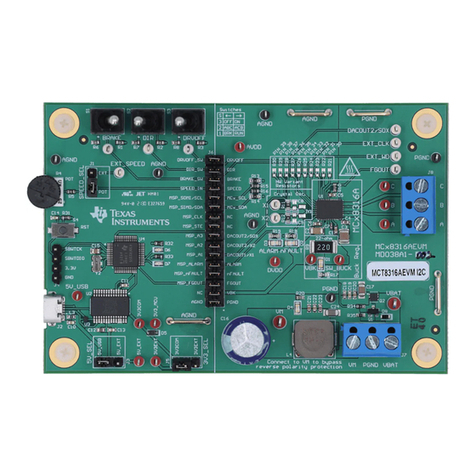
Texas Instruments
Texas Instruments MCT8316AEVM User manual
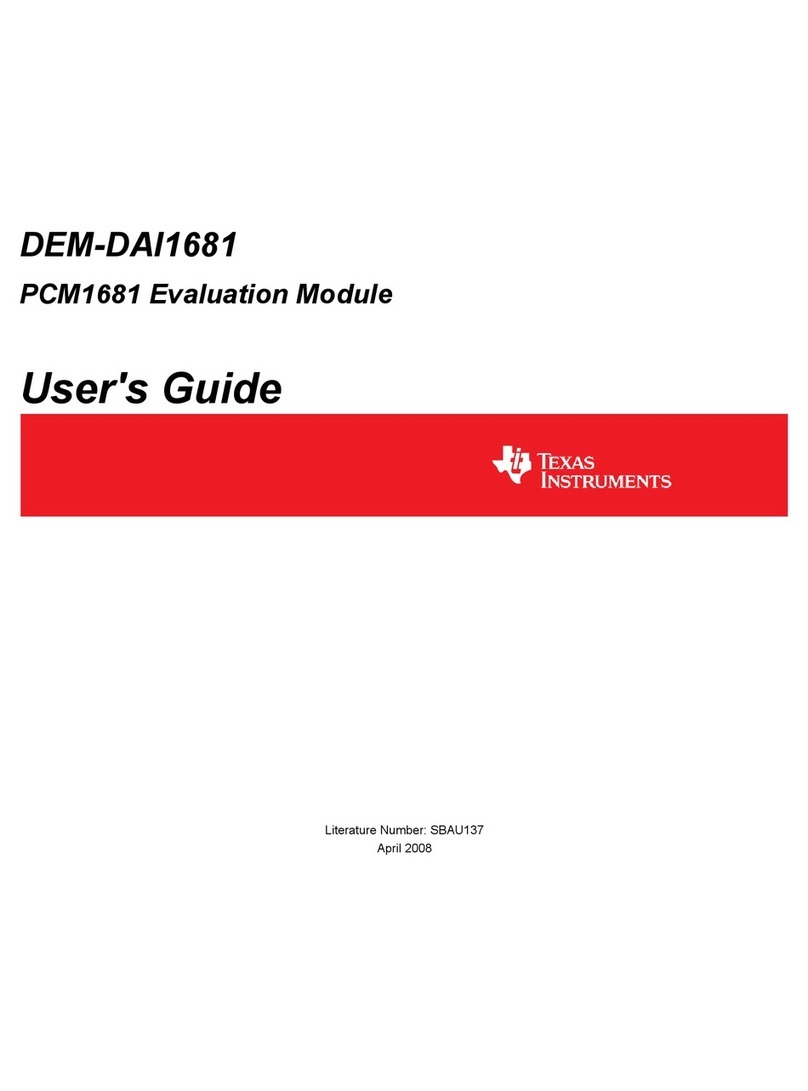
Texas Instruments
Texas Instruments PCM1681 User manual

